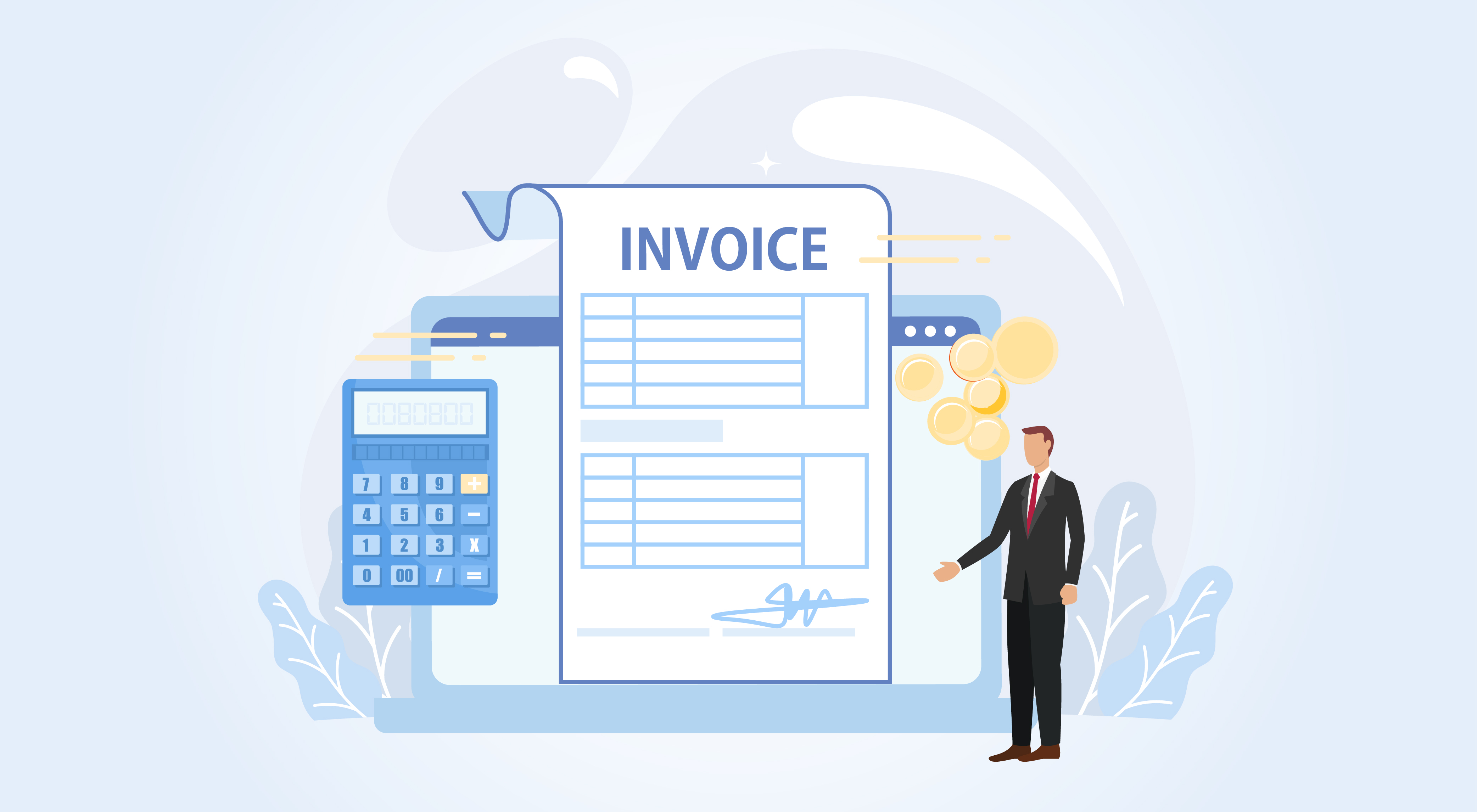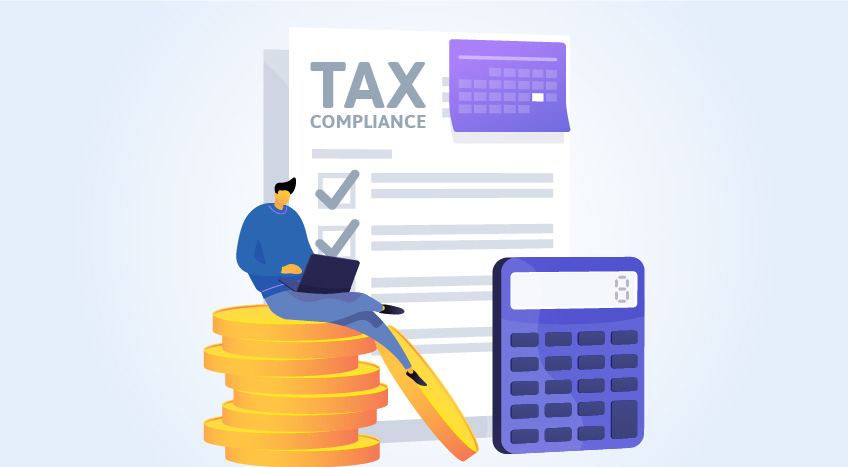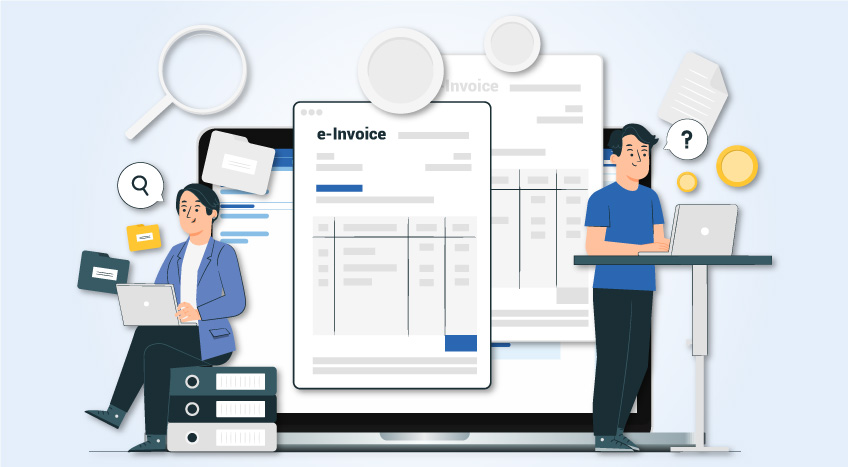The United Arab Emirates is taking a major step towards strengthening its digital economy and ensuring greater tax transparency by introducing mandatory e-invoicing. From July 2026, e-invoicing will no longer be an option but a requirement for many businesses.
This change is not just about compliance; it is also about building trust, improving efficiency and ensuring that every invoice issued in the UAE is secure, accurate and verifiable.
For business leaders, finance professionals and entrepreneurs, the question is who needs to generate e-invoices in the UAE. Understanding the scope of this new system is crucial to prepare in advance, avoid penalties, and take advantage of the opportunities it brings.
Who is required to generate e-invoices?
The UAE government has made it clear that not every entity will fall under the e-invoicing requirement. However, certain categories of businesses must comply without exception. These are:
1. VAT-registered businesses
The first group that must generate e-invoices are businesses registered under Value Added Tax (VAT). If your company is VAT registered and you issue invoices for taxable supplies, you will be required to issue e-invoices in the new system. This includes standard-rated supplies, zero-rated supplies, deemed supplies and exports.
For example, if a trading company in Dubai sells electronics to another VAT-registered business in Abu Dhabi, that invoice must be generated electronically through the e-invoicing platform. This process ensures that the invoice is properly documented, the VAT is recorded in accordance with the rules, and both the buyer and the tax authority have access to the same verified information.
2. Suppliers to government entities
The second group includes businesses that supply goods or services to government entities. This category covers all Business-to-Government (B2G) transactions. If you’re a contractor, vendor or service provider, dealing with a government ministry, municipality or agency, you must issue e-invoices.
This requirement ensures that government procurement processes are fully transparent, efficient and digitally traceable. It also helps streamline payments, making it easier for suppliers to receive timely settlements from government clients.
3. Self-billing cases
In some business arrangements, the buyer generates the invoice on behalf of the supplier. This is called self-billing. In such cases, the buyer takes on the responsibility of creating and reporting the e-invoice. Even in these cases, the invoice must follow the same process of being created in the approved format, validated by an ASP, shared with both parties and reported to the Ministry of Finance.
Self-billing is often seen in industries such as construction, oil and gas and certain professional services, where the buyer has more control over the billing process.
How does the UAE e-invoicing system work?
An e-invoice is not just a digital copy of a paper invoice; it is a structured, machine-readable document that follows a prescribed format. In the UAE, this format is known as PINT AE, which is based on the global Peppol standard. This ensures that invoices are standardised, secure and easy to exchange between different accounting systems.
The UAE manages e-invoicing through a five-corner model that connects all the parties involved. The five parties are:
- The issuer: The business generating the invoice.
- The sender’s Accredited Service Provider (ASP): Checks the data and forwards it.
- The receiver’s Accredited Service Provider (ASP): Verifies the data and delivers the invoice.
- The receiver: The buyer of the goods or services.
- The federal Tax Authority’s e-billing system: Stores the invoice data and issues status updates.
Together, these elements form a simple flow that shows how an e-invoice is created, validated and delivered.
Here’s how the process flows:
- The issuer creates an invoice and submits it to the sender’s ASP.
- The sender’s ASP then validates the details, converts the invoice into the approved PINT AE format if needed, and forwards it to the receiver’s ASP.
- The receiver’s ASP checks the invoice, delivers it to the buyer and reports the data to the e-billing system.
- Both ASPs also send the tax information to the Federal Tax Authority’s e-billing system, which stores the data securely and provides confirmation messages.
Business implications and preparation
Mandatory e-invoicing will change the way businesses handle invoicing and compliance in the UAE. Companies need to review their systems, adjust workflows and prepare their teams now to ensure a smooth transition and avoid compliance risks.
Here are some key areas where businesses should focus:
- Technology upgrades: Review your current accounting and ERP systems to ensure they can support e-invoicing. Many businesses may need to upgrade their software or integrate new modules that can handle PINT AE format and ASP connections.
- Selecting an ASP: Only Accredited Service Providers can validate and exchange e-invoices. Businesses must choose an ASP that fits their size, industry and operational needs. Factors such as reliability, cost, customer support and integration capability should be carefully considered.
- Training staff: Employees must be trained in the new processes, from finance teams who generate invoices to sales teams who interact with clients. Everyone involved should understand how e-invoicing works and what to do if an error occurs.
- Process redesign: Internal workflows may need to be adjusted. For example, invoicing timelines can change due to the validation step, or customer communication protocols may need to be updated. Preparing for these changes now will avoid disruption later.
- Data quality and accuracy: Businesses need to ensure that the information in their invoices is complete, consistent and error-free. Incorrect tax codes, missing customer details or mismatched figures can cause validation failures and delays, so ensuring data accuracy is important to maintain compliance and avoid interruptions in invoicing.
The move towards mandatory e-invoicing is a decisive step in the UAE’s efforts to modernise its tax system and strengthen financial transparency.
From July 2026, VAT-registered businesses, suppliers to government entities and buyers involved in self-billing arrangements will all need to comply with the new requirements.
The five-corner model ensures that every invoice is created, validated, delivered and stored in a secure and standardised way. By connecting issuers, service providers, buyers and the tax authority, the framework creates a reliable record of transactions and improves compliance.
Businesses should start preparing now by upgrading systems, choosing Accredited Service Providers (ASPs), training staff and ensuring data accuracy. Early preparation will help you stay compliant and avoid disruptions.
Frequently Asked Questions (FAQs)
1. Do all businesses in the UAE need to issue e-invoices?
The requirement currently applies to VAT-registered businesses involved in B2B and B2G transactions, as well as buyers responsible for self-billing. B2C transactions and non-VAT registered entities are not included in the first phase.
2. What format must be used for e-invoices in the UAE?
E-invoices must follow the PINT AE format, which is based on the global Peppol standard. This ensures invoices are consistent, secure and compatible across systems.
3. What role does the Federal Tax Authority play in e-invoicing?
The Federal Tax Authority does not validate invoices but operates the e-billing system, which stores invoice data securely and issues confirmation messages to service providers.









